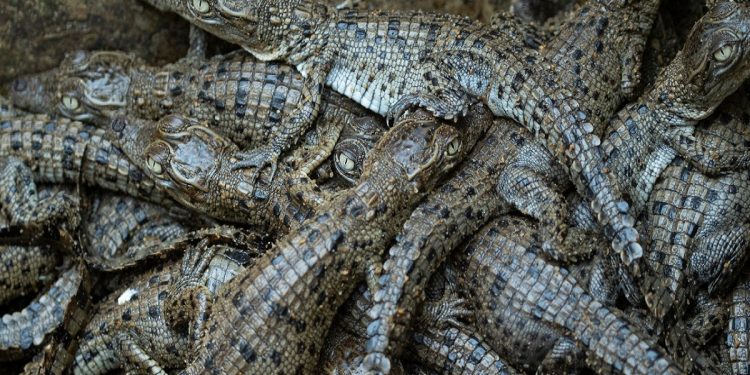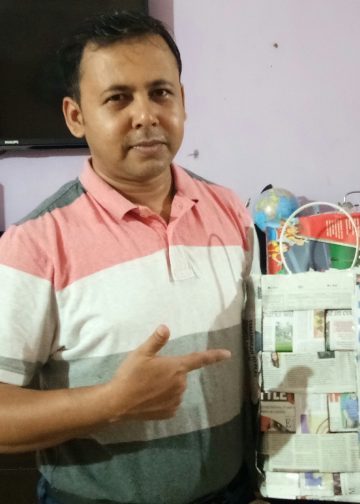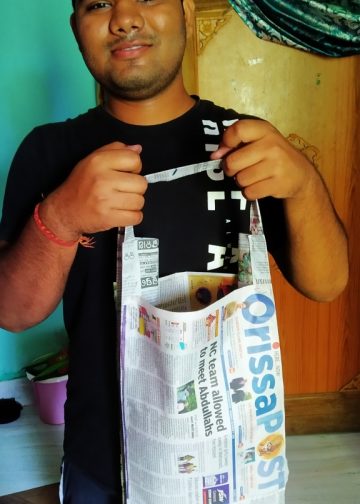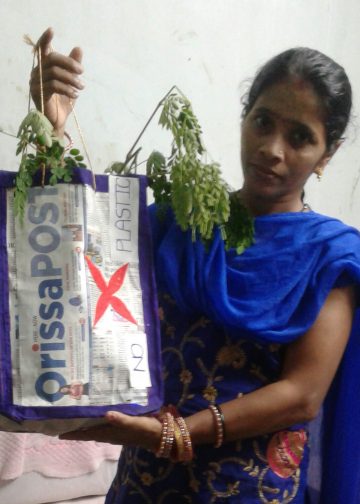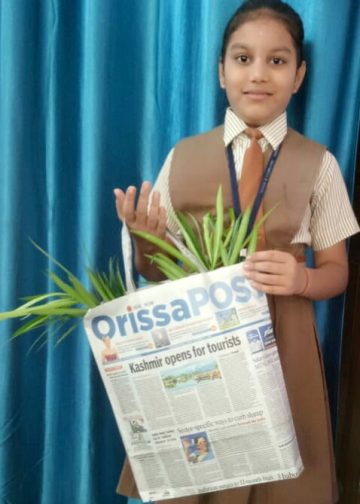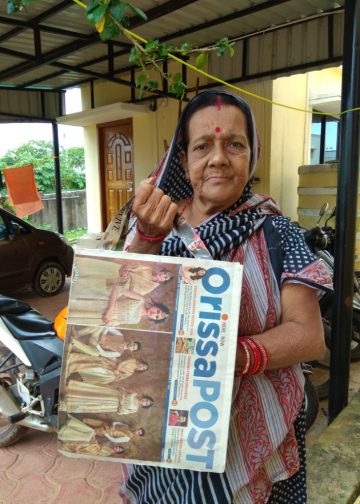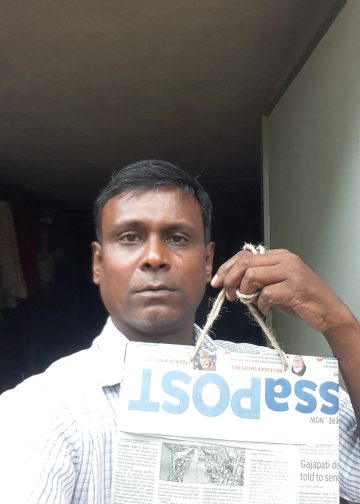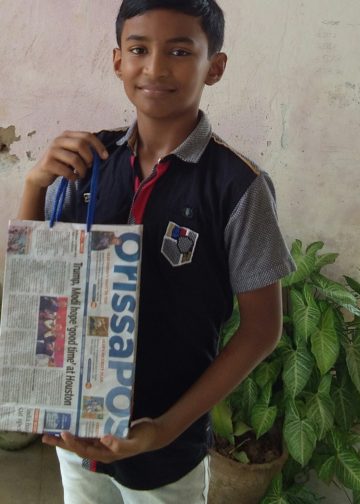Kendrapara: More than 1,500 baby saltwater crocodiles have broken out of their eggshells to make their way to water bodies in and around Odisha’s Bhitarkanika National Park, officials said Tuesday.
Bhitarkanika, according to forest officials, houses around 70 per cent of India’s estuarine crocodile or saltwater crocodiles, conservation of which was started way back in 1975. The saltwater crocodile population in Bhitarkanika has increased manifold from 96 in 1975 to 1,826 so far.
Officials said the mortality rate of baby crocs is exceedingly high. Female crocodiles lay 50 to 60 eggs, and the hatchlings usually emerge from the nests after 70 to 80-day incubation period. However, hardly one out of every hundred baby crocs grows to become adult. In the wild, babies are devoured by predating aquatic animals, said crocodile researcher Sudhakar Kar.
This year, 117 nesting sites of estuarine crocodiles were spotted in the national park. The reptiles build nests by the mangrove twigs, leaves and mud on high ground which is free from watery inundation during the rainy season. Crocs build nests at a place where they can get direct sunlight, he said.
The sight of baby crocs breaking out of eggshells and their act of loitering aimlessly before hopping into the water bodies and creeks is a visual treat to watch. The emergence of hatchlings has commenced for the past two days and will continue for a fortnight, said Manas Das, Assistant Conservator of Forest (ACF) of the national park.
However, the ground-level staff engaged in maintaining watch and vigil of the nests got the chance to watch the rare natural phenomenon. The fledgling crocs emerged from the shells sans mothers. However, the forest personnel maintained a safe distance from the nests as human interference turns the reptiles violent and aggressive, the official said.
The wildlife sanctuary had been kept out of bounds for tourists and visitors from May 31 and was later lifted July 31 to ensure disturbance-free annual nesting of crocs. The animals turn violent and restive over human interference in their habitat, said officials.
Estuarine crocodiles are also found in West Bengal’s Sundarbans, which has the country’s largest mangrove cover. Besides, the mangrove wetlands in Andaman Islands are home to these species. However, the density and population of crocodiles in wild habitats of Bhitarkanika is much more pronounced, he said.
Crocodiles are also an important part of the ecosystem and help keep the riverine ecology clean and guard the mangrove forest from tree cutters and poachers, as locals are scared to venture into the mangrove forest because of the presence of crocodiles in the swampy patches in the forest, the official said.


